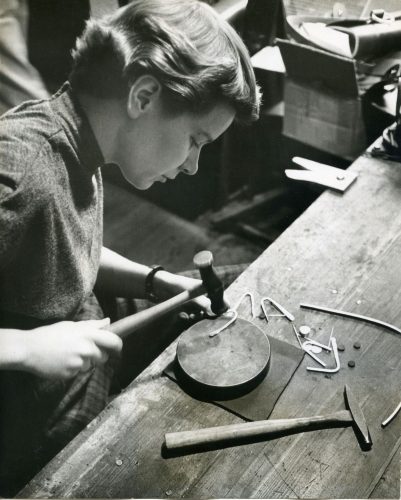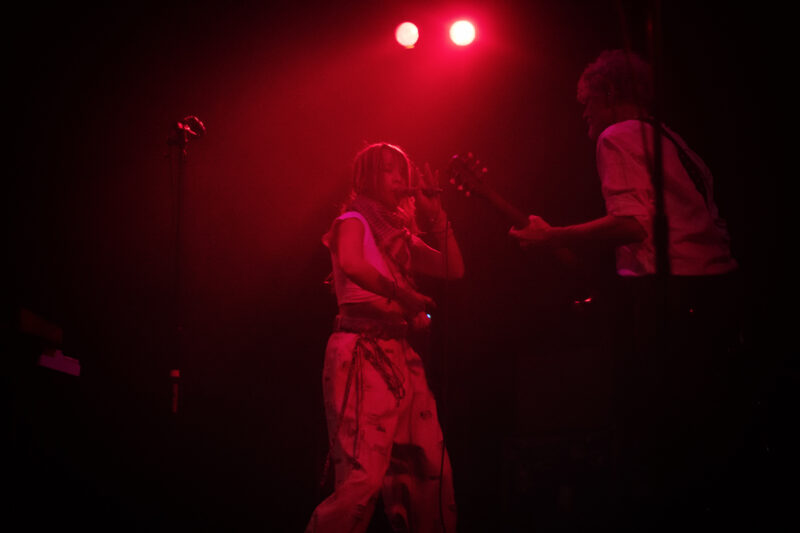Sam Bessen always planned to play a lot of Christmas marches. For much of his life, he wanted to be a professional French horn player, and that’s a large part of the gigs you’re hired for in that line of work. In fact, there was no plan B; since high school, Bessen dreamed of playing with the Berlin Philharmonic, an achievement he calls “the end goal for me.” And he worked hard trying to get there, studying the French horn first at the University of Denver, where he earned his Bachelor of Music in horn performance, and then with professor Denise Tryon at the Peabody Institute, where he finished his Master of Music degree in 2017.
In the end, it was actually the very thing that was supposed to be his bread and butter that ended his career in horn. Bessen graduated at the beginning of the 2017 Christmas season and quickly started saying yes to every gig that came his way. But somewhere between all the Good King Wenceslases and the O’ Christmas Trees, Bessen was injured. He thought the muscular strain, which ran between his eye and the corner of his mouth, would eventually go away, but it continued to worsen. After seeing many teachers and trying every possible solution, from massages to new breathing techniques, Bessen had to start imagining a future without the Berlin Philharmonic.
By December 2019, when he saw a specialist who diagnosed him with dystonia—a neurological disorder where the brain signals a muscle to contract over and over again involuntarily—he was ready to throw in the towel. The doctor told him his condition would never improve, and that made a career playing music an impossibility. Two hours after that doctor visit, he got a call from John Hopkins Libraries offering him a full-time position in their Special Collections department, which is where he works today as an Assistant Curator for the Lester S. Levy Sheet Music Collection. The job allows him to stay involved with music, his first true love, and to spread that enjoyment to other people. While he doesn’t describe himself as such, Bessen is first and foremost an ambassador for classical music, always thinking of ways to connect it to new audiences and people who might not previously have seen themselves as enthusiasts.
In 2017, when Bessen was just starting to struggle with the disorder he would later learn was dystonia, he started the performance series In the Stacks, as a response to the frustrations he was feeling about playing with an orchestra, which he sees as having a lot of barriers to entry, particularly for young people.
“I was frustrated with how prohibitively expensive orchestra concerts often are even for a student,” Bessen says. “I was having to budget which concerts I could afford [and I was also concerned about] contextual accessibility. I feel like, going to concerts, you’re expected to already know what’s going on. You’ll see an advertisement for a night of Beethoven or Schubert’s Greatest Hits. That means something for someone who already knows who Beethoven and Schubert are, but if you’re not already initiated into that club, that means nothing to you.”
Bessen wanted to strip away the costs associated with attending a production and instead focus on educating and welcoming his audiences into a special public space where they could really hear and appreciate the music he loves.














